You might think that Islamic architecture is found only in the Middle East, but this is a common misconception. Islamic architecture is not just Arab architecture but is rather found in a diverse range of different countries throughout the world, both in majority-Muslim nations and beyond. Some of the most iconic Islamic architecture can even be found in parts of Western Europe, especially in areas with prominent Islamic cultural influence such as Spain and Portugal. Although it varies a lot from place to place, Islamic architecture is nonetheless quite distinctive and easy to spot if you know what to look for.
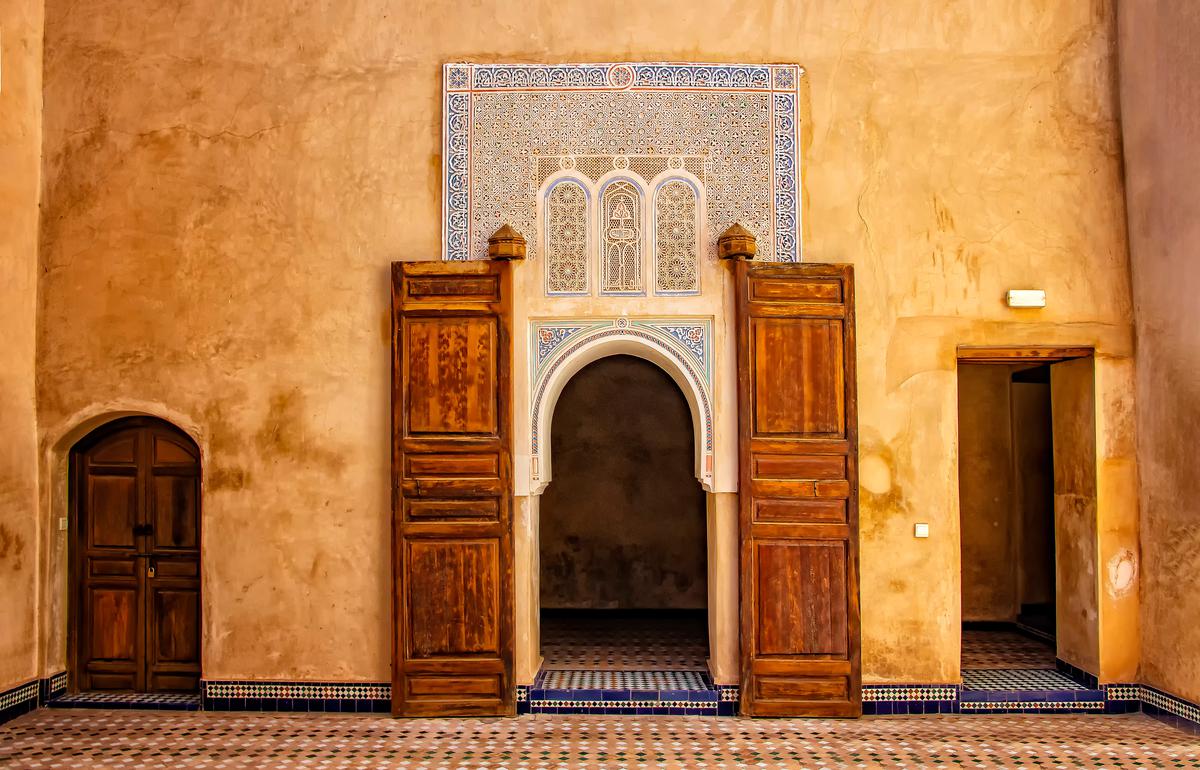
Islamic architecture is a hugely diverse style with many variations.
As you might expect, Islamic architecture is prominently associated with the religion of Islam, as many of the key elements of the style come from various mosques built throughout the centuries worldwide.
However Islamic architecture can also be found in various secular settings as well. There are all manners of fortresses, tombs, palaces, public buildings, universities, residential buildings, and government complexes that incorporate Islamic architecture. Although Islamic architecture dates back to the seventh century, modern architects have also tried to adapt elements of this architectural style to contemporary buildings.
Origins
Arab architecture has played an important role in influencing this architectural style. However, because the Islamic world encompasses large sections of Asia, Anatolia, North Africa, and much of the Mediterranean, Islamic architectural trends have been influenced by a lot of different cultures. Persian, Arab, Byzantine, Roman, Mughal, and Chinese influences can all be found in Islamic architecture. Likewise, Islamic architectural motifs have gone on to influence other cultures, especially those of Iberia. Islamic-inspired structures can be found throughout the Iberian Peninsula in regions such as Catalonia and Andalusia.
Key Elements Islamic Architecture Is Known For
Regardless of where it is built, Islamic architecture makes use of a common set of key elements that are easy to recognize once you know what they are. Of course, these key elements can show up in different ways depending on what region we are talking about, making Islamic architecture quite an interesting and vibrant design style.
Ornamentation
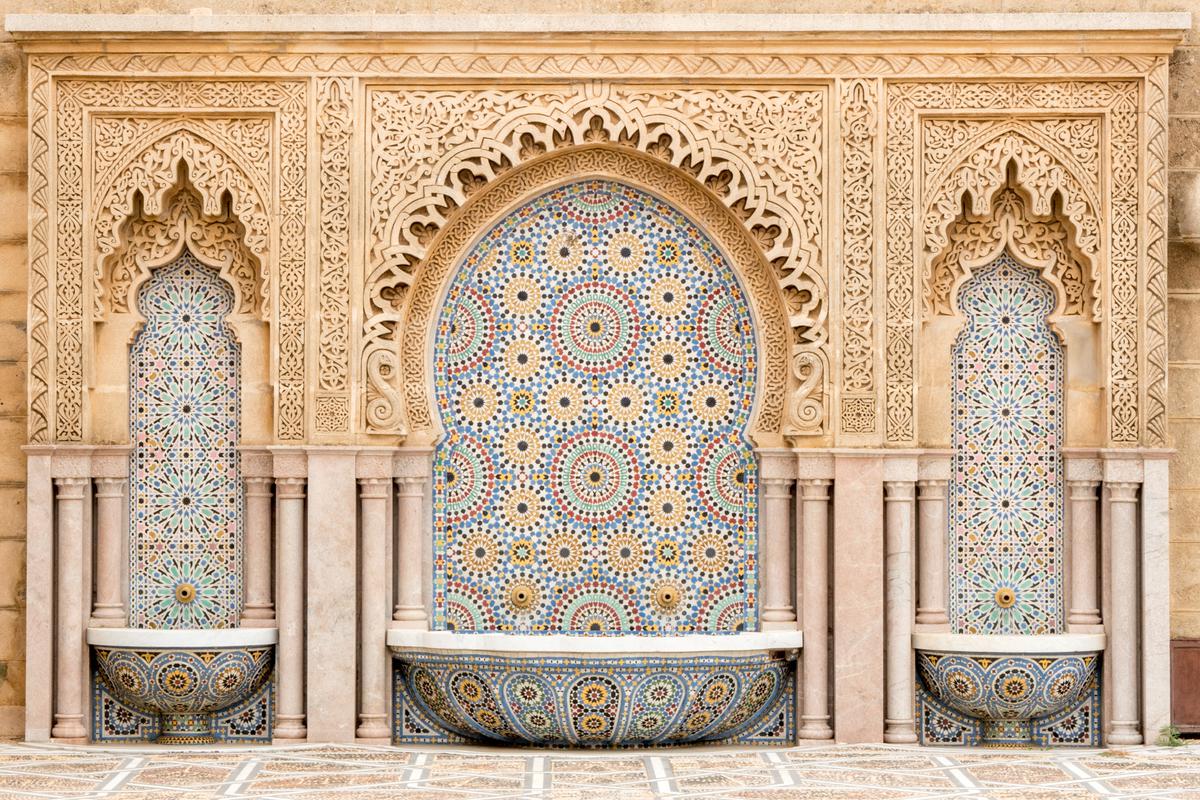
Islamic architecture often features intricate decorative elements.
One universal aspect of Islamic architecture is its intricate ornamental detailing. This includes gorgeous patterns of multi-colored tiles and geometric mosaics. Islamic designs also often incorporate colorful translucent stones as well as gold inlays. One extremely popular design element in Islamic architecture is intricate vaulting and arches which can be found in many types of Islamic buildings. Some designs may also feature precisely engraved golden Arabic calligraphy.
Mashrabiyya
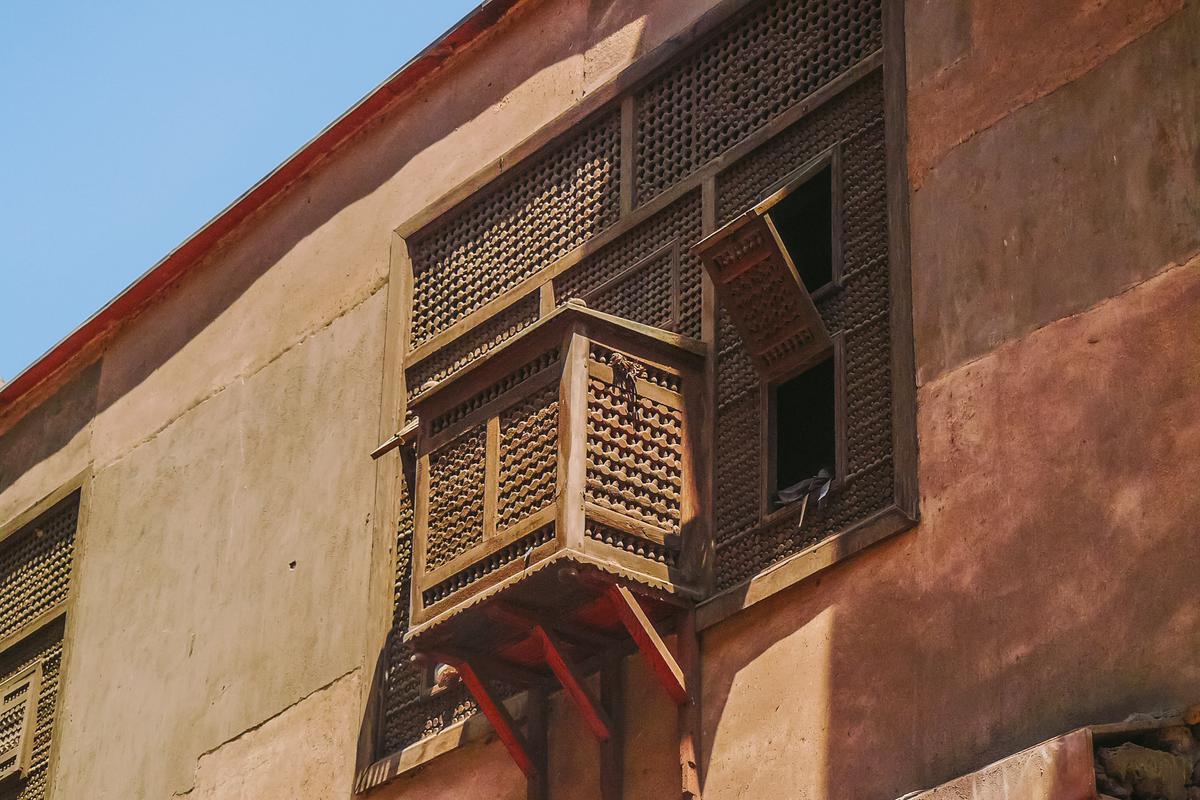
The mashrabiyya is a common feature of classic Islamic residential structures.
Commonly seen on residential buildings, mashrabiyya is a type of Oriel window common to Islamic architecture. The mashrabiyya can be commonly seen on Arabian buildings in Egypt and the Levant. It is believed to have originated in Baghdad during the Abbasid period. Privacy is an important aspect of Islamic culture, and so the goal of the Mashrabiyya is to provide this. Its intricately carved ornamental screens allow residents to see outside without being seen. Since these windows project outward they allow for better use of space, an important asset when square footage is at a premium.
Honeycomb Vaulting
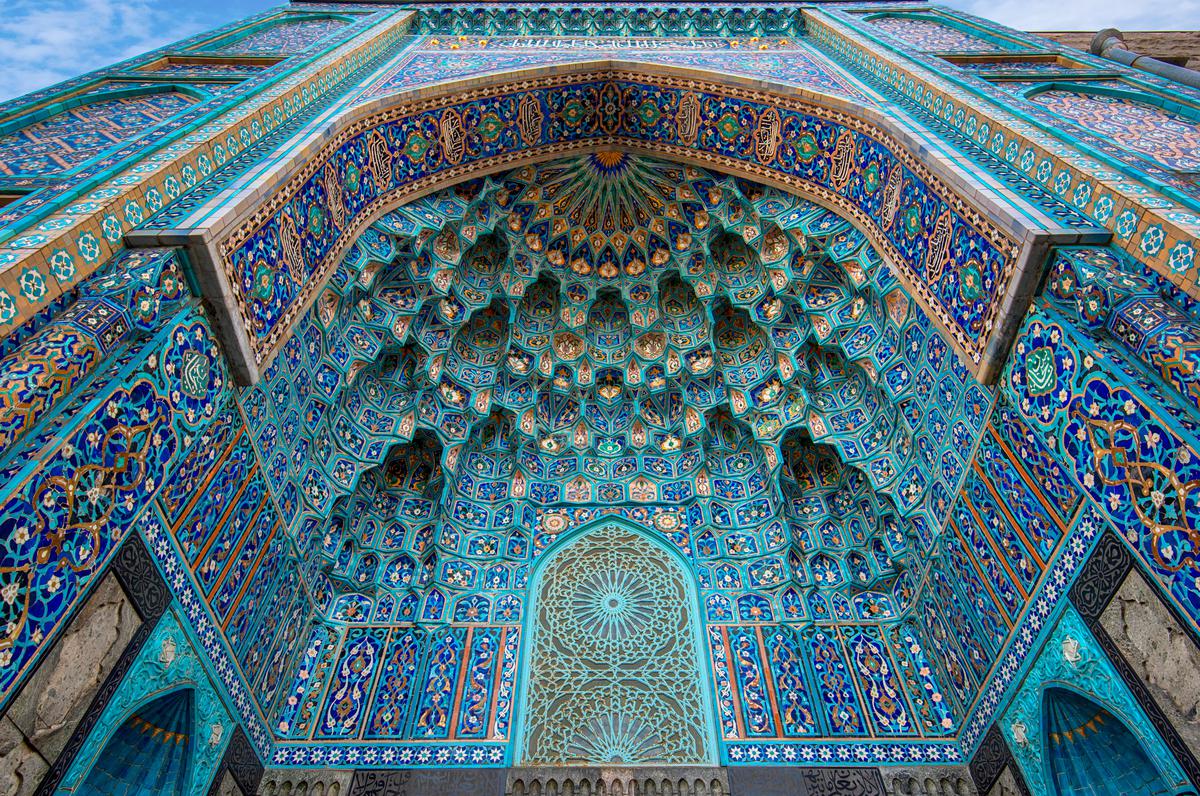
This intricate vaulting design is a universal feature of Islamic architecture.
Also known as muqarnas, this distinctive style of vaulting is a trademark element of the Islamic architectural style. Much like mashrabiyya, muqarnas originated in the Abbasid Empire and have since become an integral part of Islamic architectural design. It continues the patterned ornamentation of the design style by echoing it in an intricate honeycomb-like vaulting design. Muqarnas is achieved by carving niche-like cells into the surface of a vault or dome, making for a very unique design. However, this vaulting is typically monochromatic, allowing for the colorful mosaic tiles to stand out.
Distinctive Domes
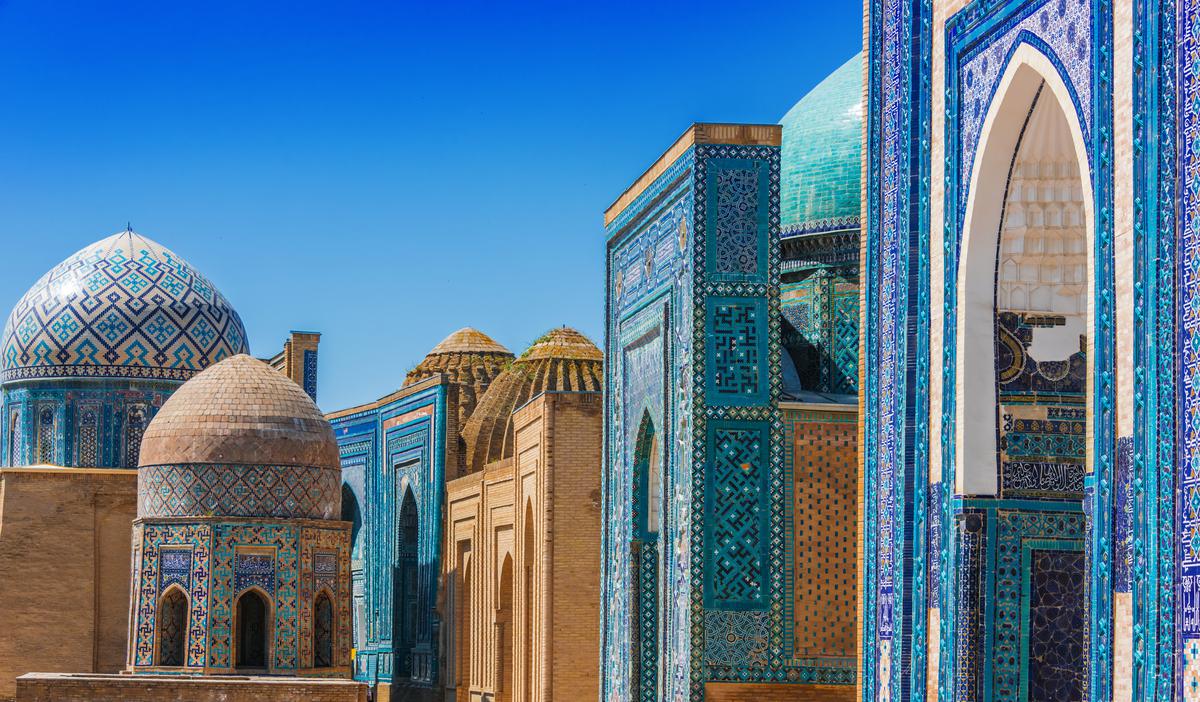
Some domes in Islamic architecture may be gilded, whereas others feature intricate mosaic tile matters such as in this example from Samarkand, Uzbekistan.
Domes are another prominent feature that shows up in many examples of Islamic architecture, as often seen in chic Moroccan design. Typically, these domes are placed on a rectangular or square structure known as a pendentive. Some of the most famous examples of this design element such as the Temple Mount in Jerusalem features a dome that is gilded on the outside and lined with mosaic tile on the inside.
Arches

Arches have an important role to play in all kinds of Islamic architecture both as a structural and stylistic element.
As in Gothic architecture, arches play a central role in Islamic architecture. There are several different arch styles that show up in Islamic construction. Horseshoe and multifoil arches make extensive use of Moorish aesthetic traditions, with horseshoe arches defined by a rounded crown and multifoil ones adopting a distinctive corrugated design with many foils. Pointed arches stand out thanks to their pointed crowns and tapered apexes, whereas ogee arches are made of two s-shaped lines, making for a design that is similar to the pointed arch but that is more curved.
Minarets
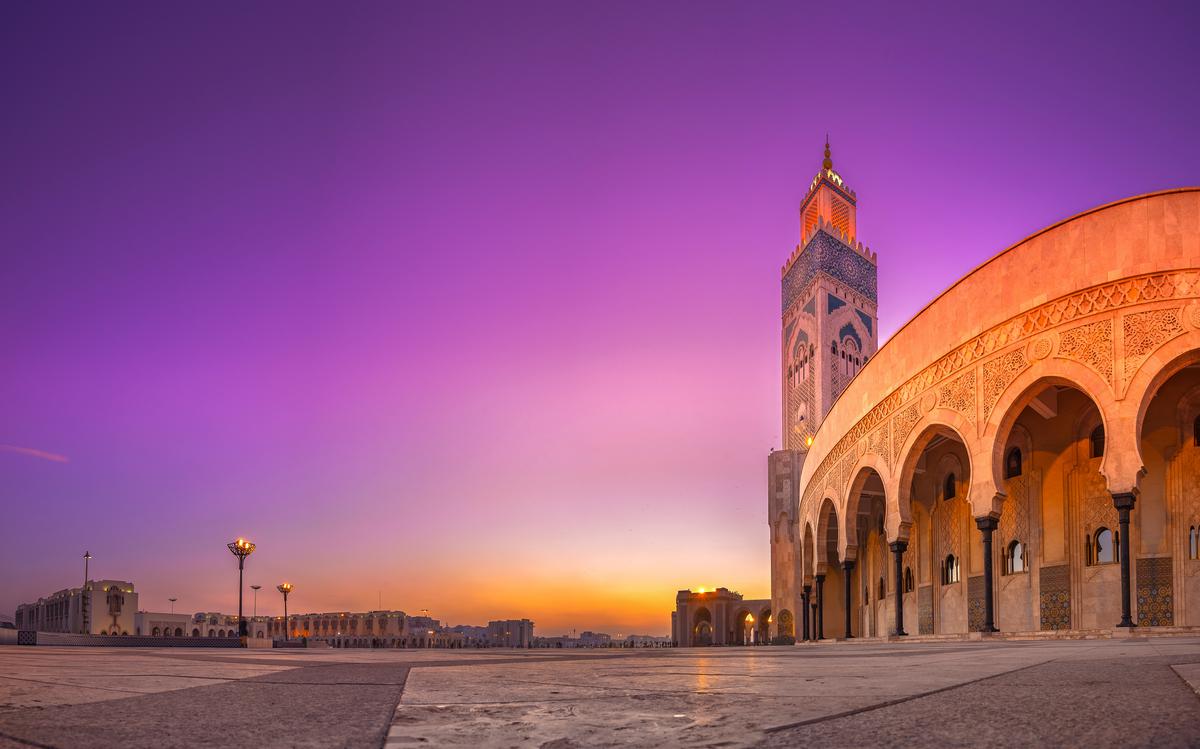
This is an unmistakably Islamic element of this architectural style that can be found next to virtually all mosques.
One of the most iconic components of the Islamic architectural style is undoubtedly the minaret. These freestanding tower structures are an unmistakable Islamic symbol as they are found next to virtually all mosques. Because of their integral function in mosques, they have become a culturally important structure in Islamic societies. More prominent mosques sometimes sport multiple minarets to underscore their importance as cultural centers.
Famous Examples
Some of the most famous examples of Islamic architecture are actually not found in the Middle East, demonstrating how influential this style has been to world cultures. Many of these Islamic buildings of course draw direct influence from ancient Middle Eastern design but have also integrated this influence with local aesthetic traditions.
The Alhambra
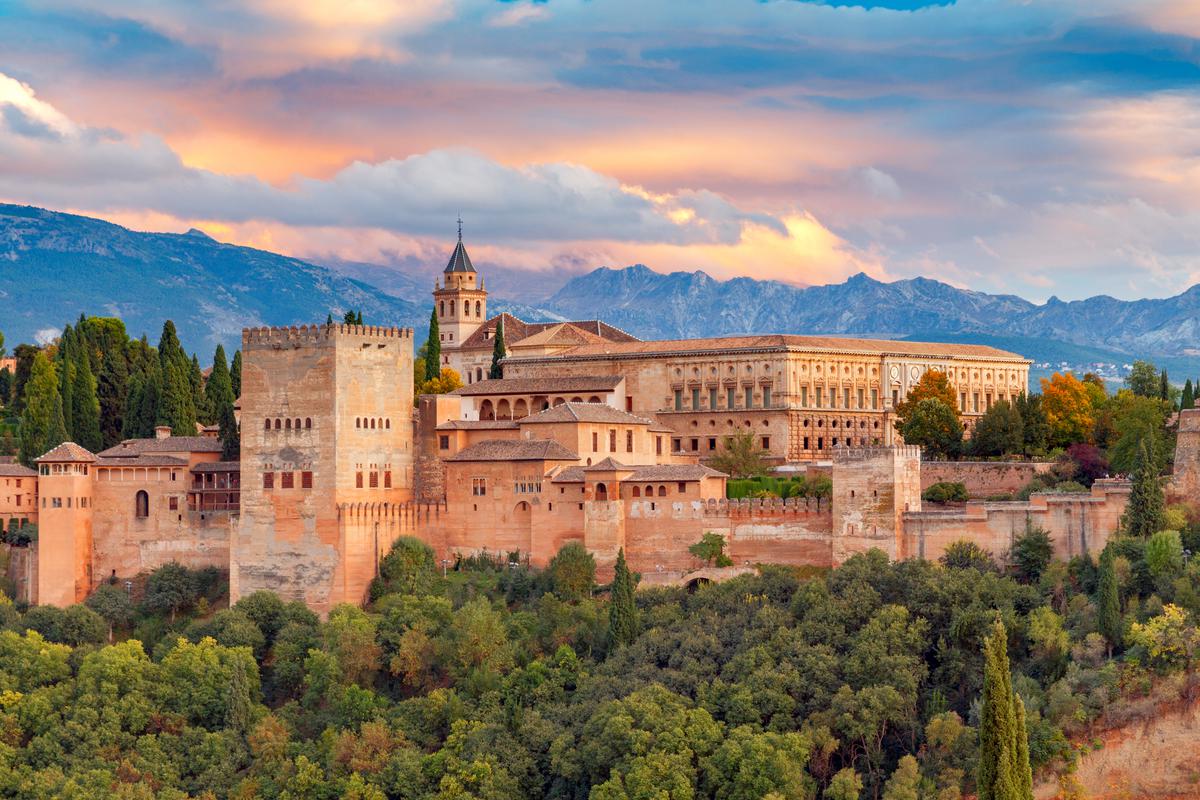
The Alhambra is one of the best-preserved examples of Islamic architecture in the world.
This structure may look like many other European medieval fortresses, but it is in fact a beautiful monument to Islamic, Moorish, Arabian, and Andalusian aesthetic traditions. Located in the Spanish city of Granada in Andalusia, the Alhambra is a center of intercultural history. It is a former Islamic fortress built in the 13th century during the era of Islamic rule in Andalusia. Although the fortress has since changed with a large palace being built during the Renaissance design period, the Islamic portions of the fortress remain very well preserved.
Dome of the Rock
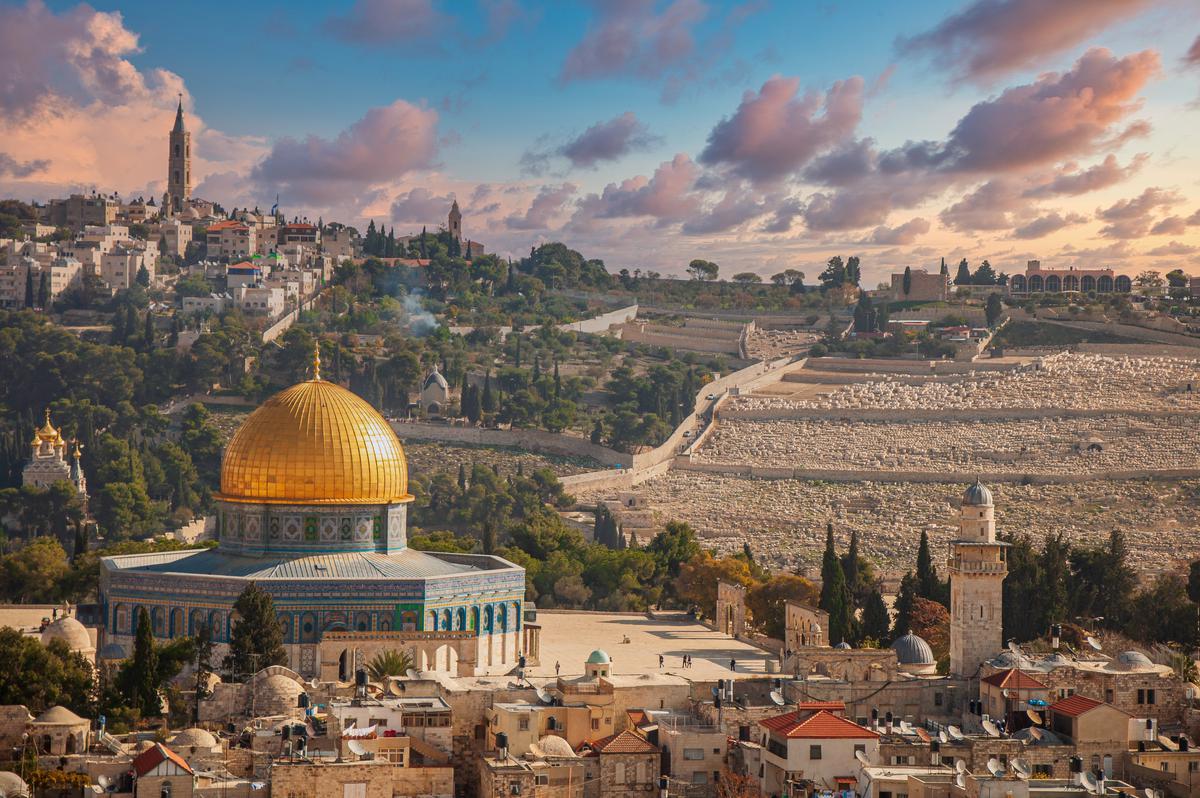
Featuring a prominent gilded dome, the Dome of the Rock is a structure of enormous cultural importance located in Jerusalem.
Also known as the Al-Aqsa mosque, the Dome of the Rock is a piece of Middle Eastern architecture of major cultural import located in the city of Jerusalem. Inspired by Byzantine architecture, the Dome of the Rock is unique in that its dome does not rest on pendentives but is rather supported by a series of large columns. It was built during the era of the Umayyad Caliphate and features many prominent Islamic design elements such as a large gilded dome, mosaic tiles on the inside and outside, and a multitude of arches.
Taj Mahal
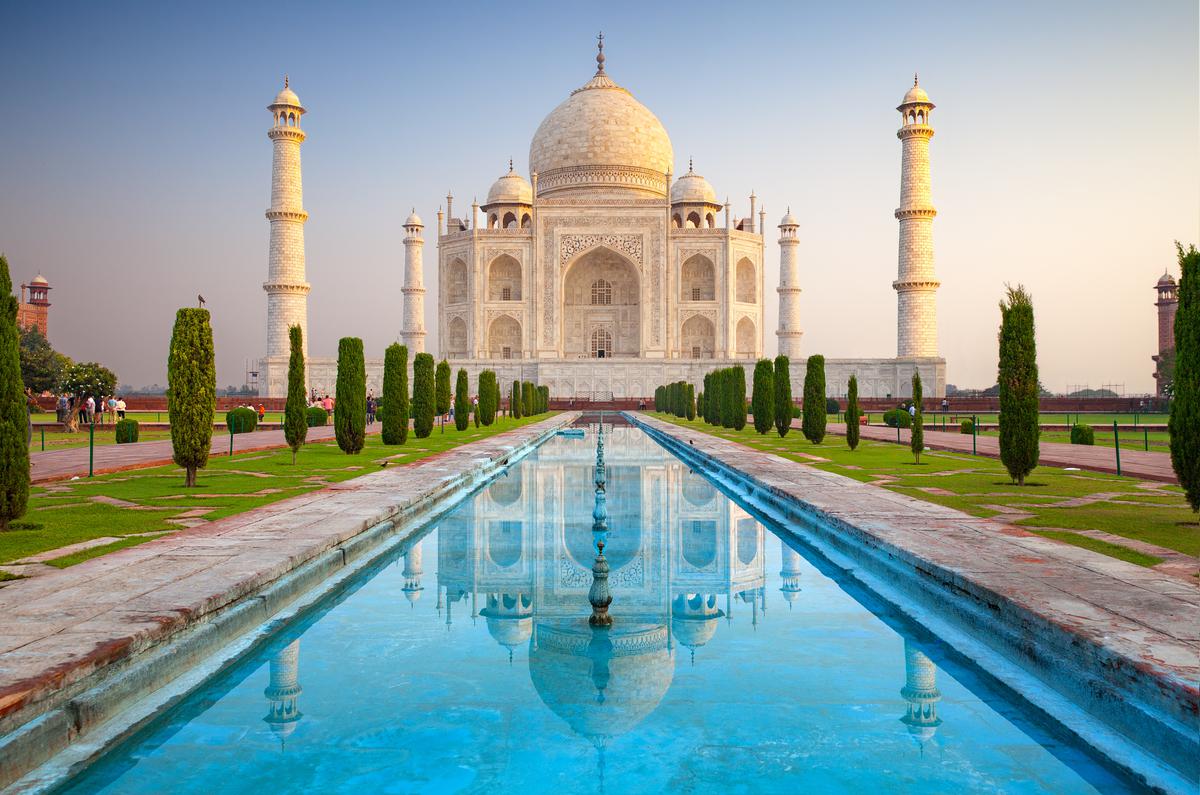
The striking appearance of this monumental complex has made it one of the most popular tourist destinations on the planet.
One of the most photographed structures in the world, the Taj Mahal in Agra, India has been named one of the seven wonders of the world, and it’s easy to see why. This monumental structure is a mausoleum that was constructed in the seventeenth century as the final resting place of the wife of one of the Mughal Emperors.
Marble gives the complex its gleaming white appearance, but it is also constructed with a variety of other precious stones and adorned with intricate details such as Arabic calligraphy. As such, this sprawling complex represents a confluence of Islamic, Indian, and even Persian architectural design cues.
Museum of Islamic Art, Doha
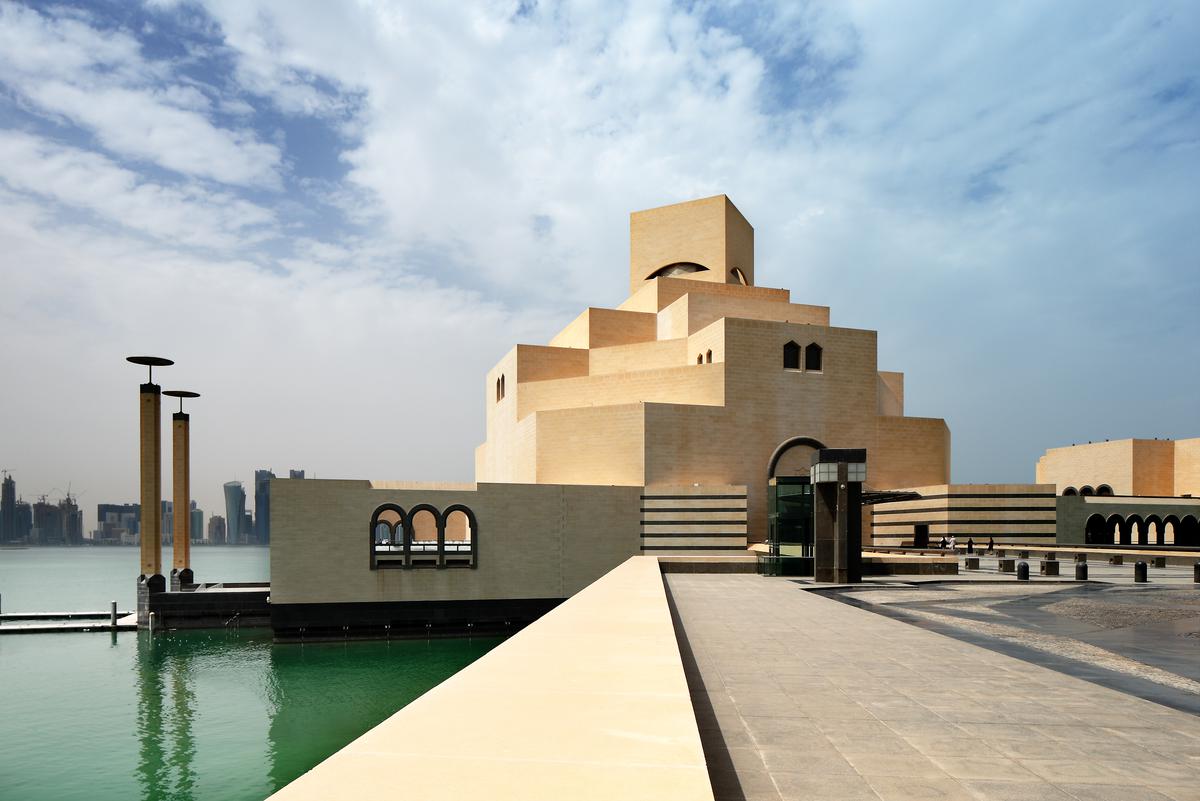
While quite minimalist in form, the Museum of Islamic art in Doha still takes distinct cues from Islamic architecture.
Constructed in 2008, this unique-looking building is a more modern interpretation of Middle Eastern architecture. Because of this, the structure makes use of a minimalist aesthetic that takes partial cues from Islamic architecture as well as from nature itself. Nevertheless, the building also incorporates unmistakable features of Islamic architecture such as geometric tiling, muqarnas, and intricate ornamentation. In this respect, the structure’s design is reminiscent of structures designed by Zaha Hadid, a famous British-Iraqi architect who was known for combining minimalist and traditional aesthetic motifs.
Lahore Fort
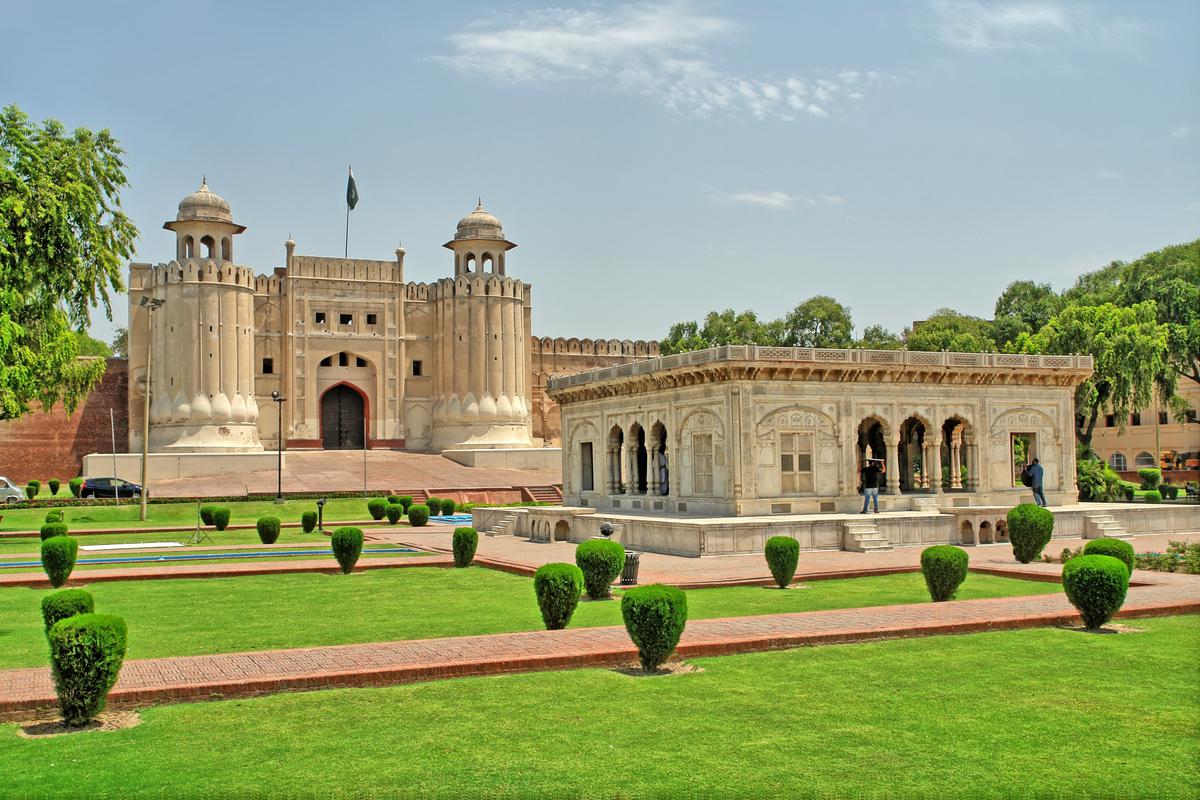
The Lahore Fort is an excellent example of Mughal architecture.
Built in the 16th century, the Lahore Fort reached its peak in terms of opulence when it was rebuilt in the 17th century by the Mughal Empire, a powerful Islamic empire that ruled much of what is now India and Pakistan. The Mughal Empire was a powerful Islamic empire at its artistic peak during this period, and so the reconstruction of the Lahore Fort during the Mughal era proved a major transformation. The Lahore Fort is infused with many prominent elements of Islamic architecture and remains today one of the best-preserved monuments to the apex of Mughal art and design.
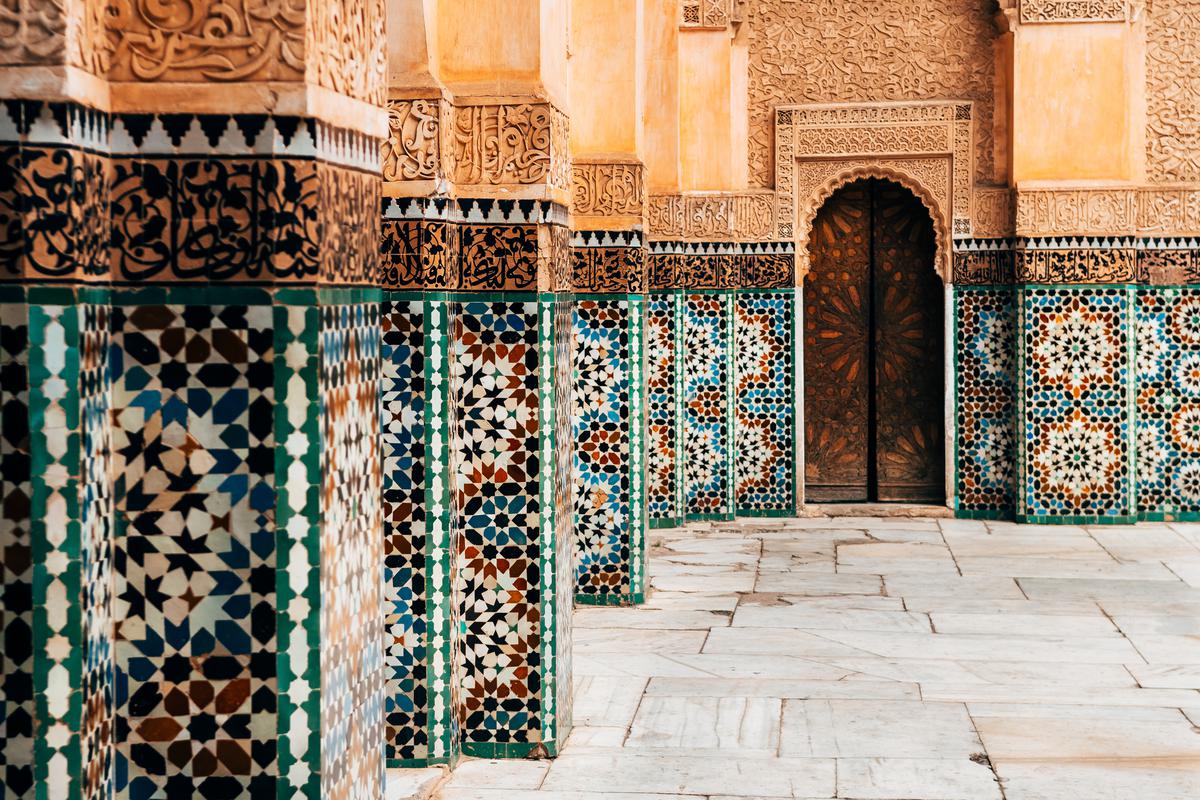


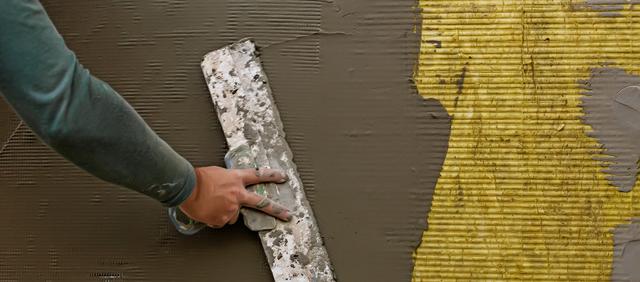

comments